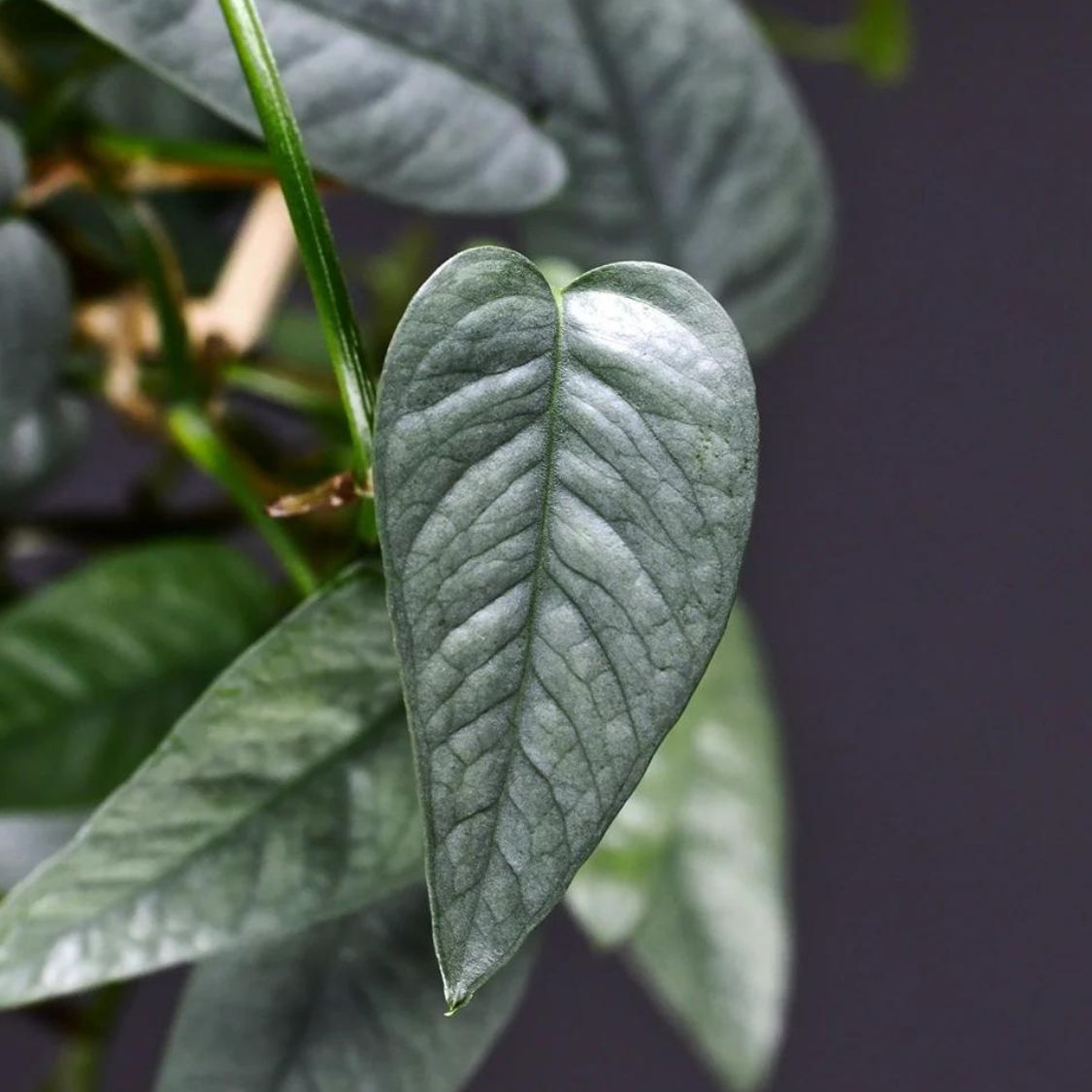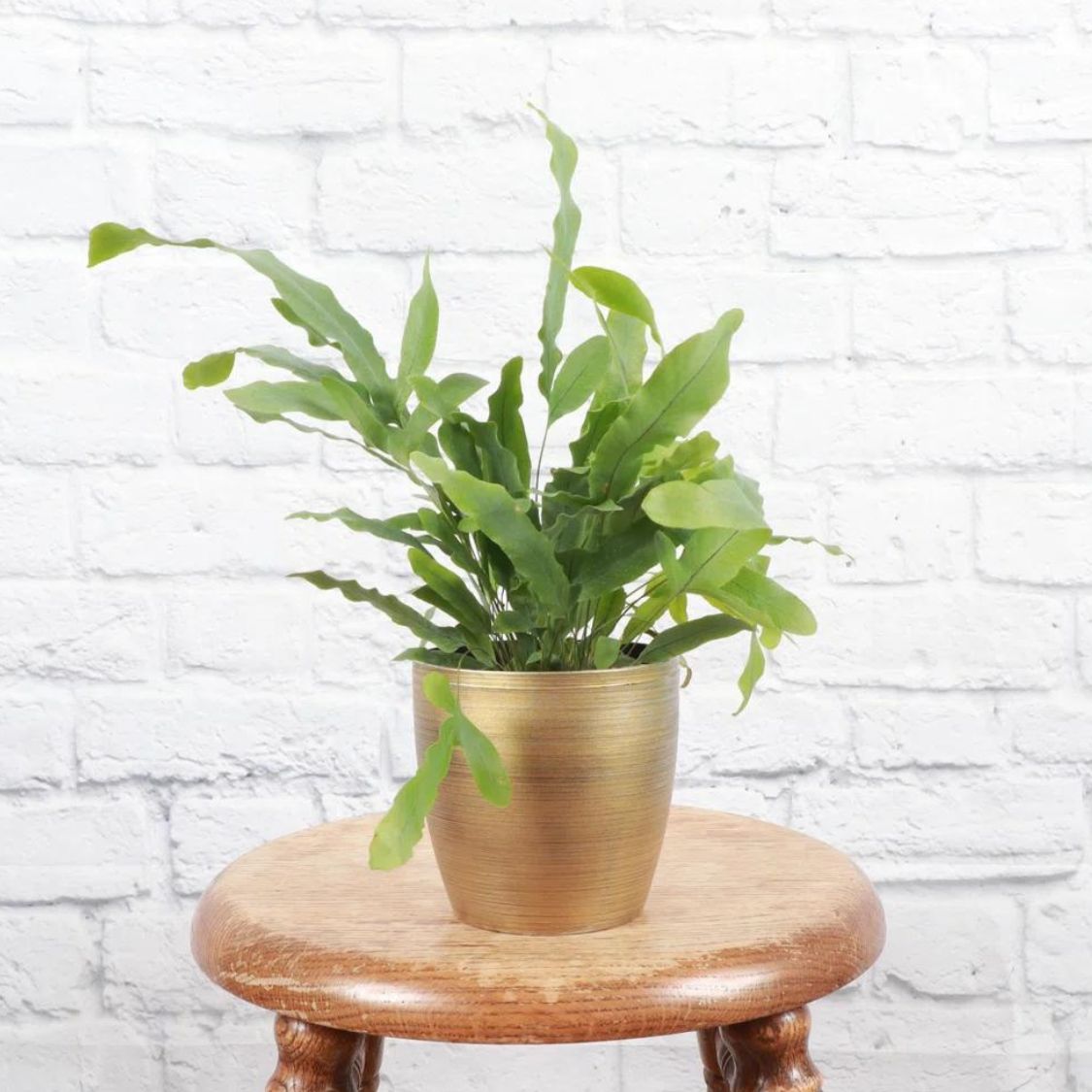5 of the Best "Blue" Houseplants — Flowers and Silvery Leaves That Create a Calm Indoor Environment
These blue houseplants have flowers and foliage with soothing hues for a serene space
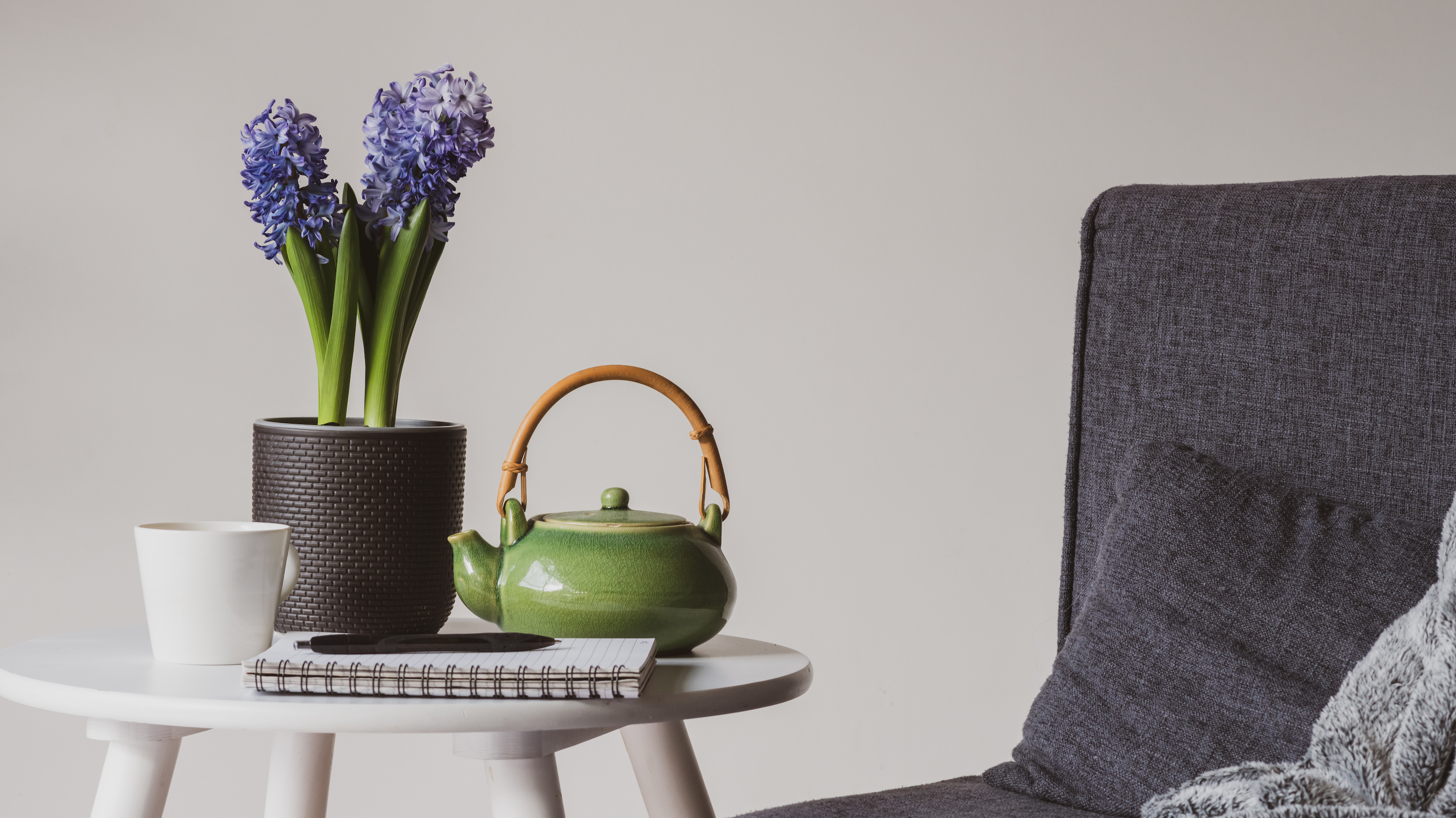
We're all aware the color blue is soothing. This is because it reminds us of expansive skies and seas, according to experts in biophilic design (where nature is brought into the built environment). So for a plant display with a difference, choose the best blue houseplants to create a calm indoor environment.
These soothing blue hues, whether on flowers or foliage, will inject a softness into your indoor garden. Less vibrant than lush green, these blue plants have a subtlety to them that's instantly calming.
We've steered clear of plants and flowers that have been dyed, as those blues tend to be bright with an artificial look that's anything but serene.
Some of these beautiful plants can be enjoyed for their flowers, then planted in the garden for further displays, while others offer delicate foliage to be appreciated indoors all year round.
1. Hydrangea macrophylla
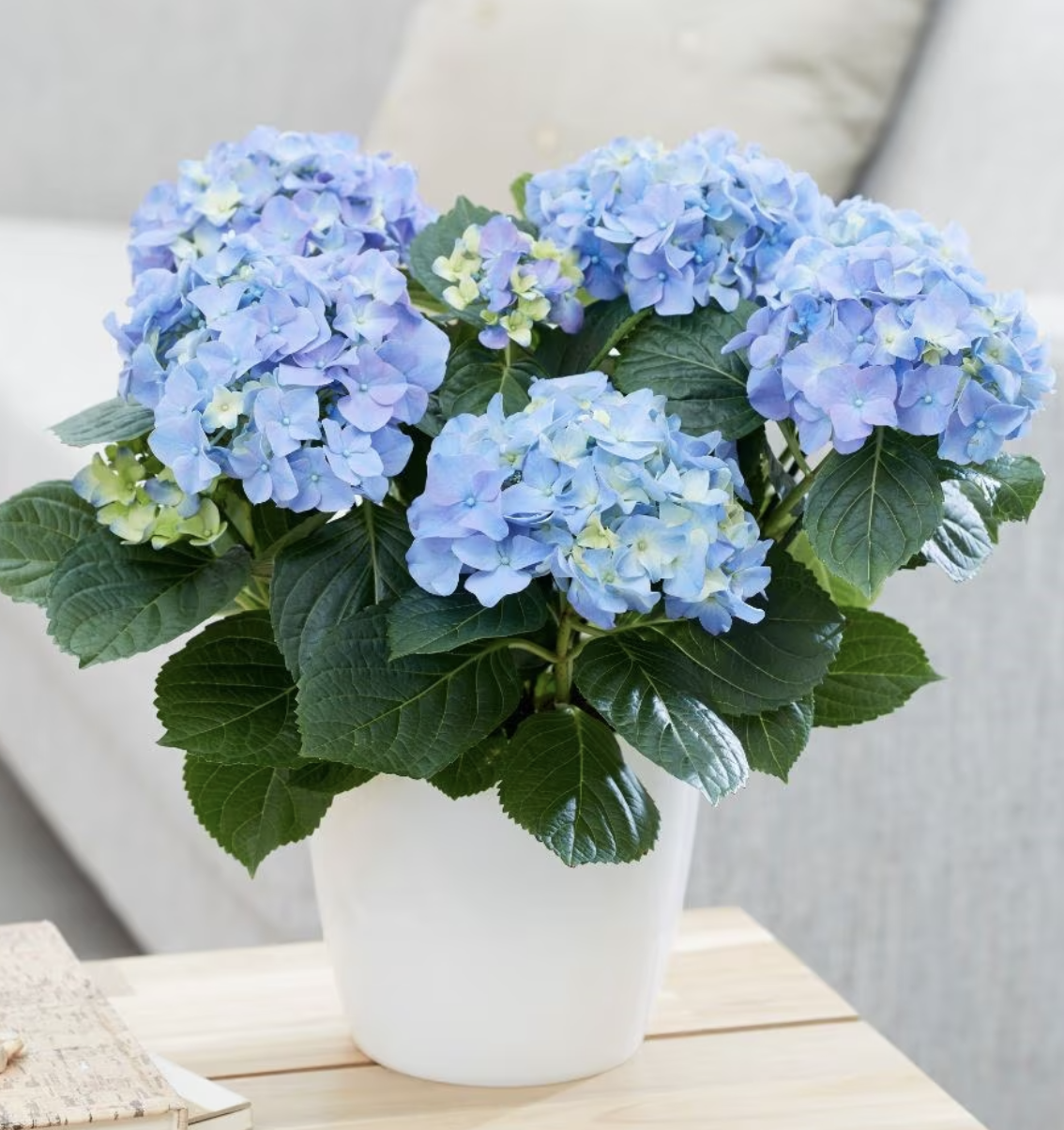
These bountiful beauties are loved for their huge mop heads and delicate tones. With good potted hydrangea care, these plants will last longer indoor than stems, but they will only keep their flowers for a season at most. Once the flowers have gone over, Hydrangeas are best planted outside.
The color of the flowers is influenced by the pH of the soil. If you want to encourage the blue flowerheads to return outside, the soil needs to be on the acidic side, with a pH of around 5.5.
'Plants in and around your home, not only enhance the beauty of any room, but they also act as natural air purifiers and aid peaceful sleep,' says Rhiannon Johns, design expert for bedding brand Piglet in Bed. 'Opting for seasonal plants, such as hydrangeas, will really brighten up and elevate your space.
The Livingetc newsletters are your inside source for what’s shaping interiors now - and what’s next. Discover trend forecasts, smart style ideas, and curated shopping inspiration that brings design to life. Subscribe today and stay ahead of the curve.
2. 'Cebu Blue' Pothos (Epipremnum pinnatum)
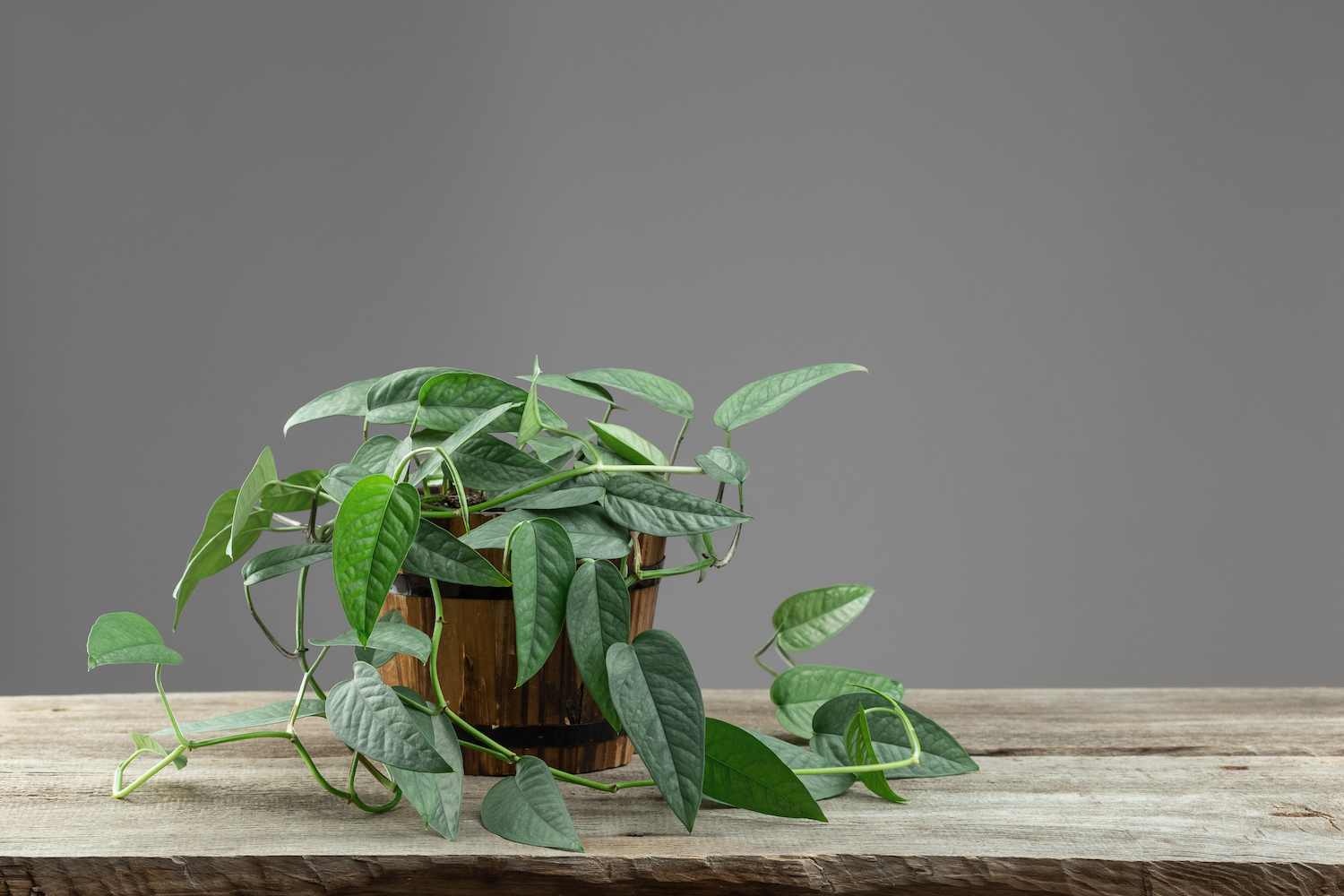
The 'Cebu Blue' Pothos has an attractive silvery gray tone to its foliage, which in the horticultural world is referred to as 'blue'. This unusual tinge does give the plant a soft, subtle quality, that is less 'look at me' than some of its more vibrant siblings.
'This new cultivar of the ubiquitous pothos family barely resembles its relatives,' says plant guru Lisa Eldred Steinkopf, author of Grow in the Dark. 'Its blue leaves are a striking color not usually seen in houseplants.
'If the 'Cebu Blue' Pothos receives too much light, it can appear washed out and sickly. This is a vine that definitely does not want to be in too-bright light, and direct sun will burn its foliage,' continues Lisa, meaning it's one of the best plants for north-facing rooms. 'If it is situated in lower light levels, it will be a deeper blue. If you are looking for something different from the usual pothos, this one is for you. It is also called the blue philodendron but it is a pothos, not a true philodendron.
'If the leaves seem overly light colored, move it to a spot with less light. Keep the potting medium evenly moist. This cultivar has much thinner leaves than the usual pothos, so it will not tolerate being allowed to dry out.'
3. Blue star fern (Phlebodium aureum)
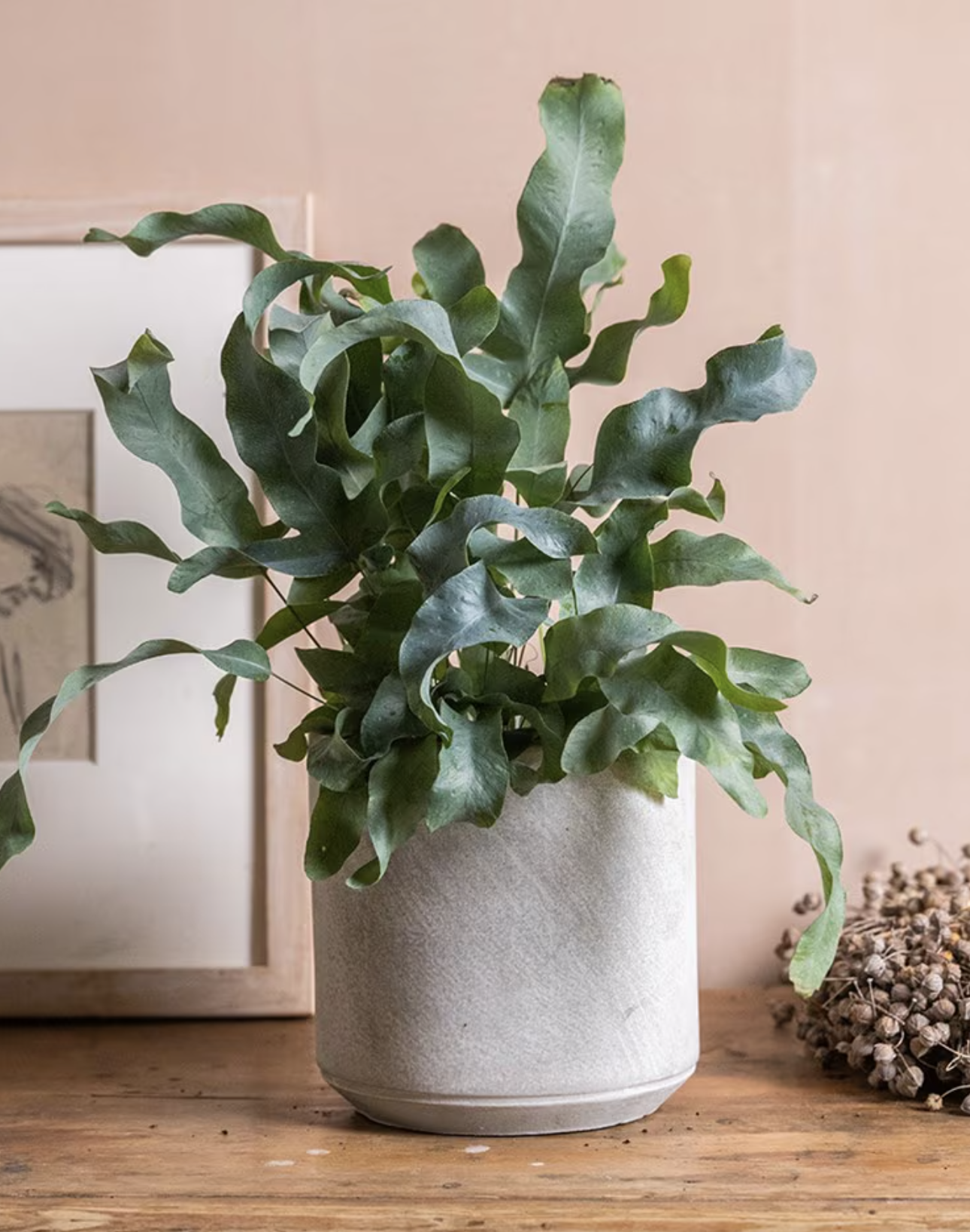
Another beautiful 'blue' plant is the Blue Star fern. Again, its foliage has a lovely blueish green tone, which has a delicate, soothing quality to it. Although you do have to stretch your imagination slightly, if your idea of blue is something bolder.
'This fern’s blue color makes it a showstopper,' says Lisa Eldred Steinkopf. 'Blue star ferns are normally found on trees, growing as epiphytes in their native habitats. The thick, leathery fronds are more forgiving of the low humidity in our homes than most ferns.
'This plant needs low to medium light. Set it in an east or north window or back a couple of feet from a west window. Do not let the potting medium dry out—keep it evenly moist.'
'Blue is a tricky color in plants—it’s the rarest color, so in the gardening industry, there’s often some cheating,' explains Justin Hancock, horticulturalist at Costa Farms. 'Plants that are called “blue” might have blue, lilac, purple, or violet tones, for example.
'Blue Star fern (Phlebodium aureum) is a lovely and relatively easy-growing fern that shows off powdery-blue-green fronds,' Justin adds, before explaining the best fern care principles to ensure yours looks its best. 'Like most ferns, it’s tolerant of low light, but does best in a brighter than dimmer spot. It likes to stay on the moist side and wants average to above-average relative humidity levels.'
4. Hyacinth 'Delft Blue'
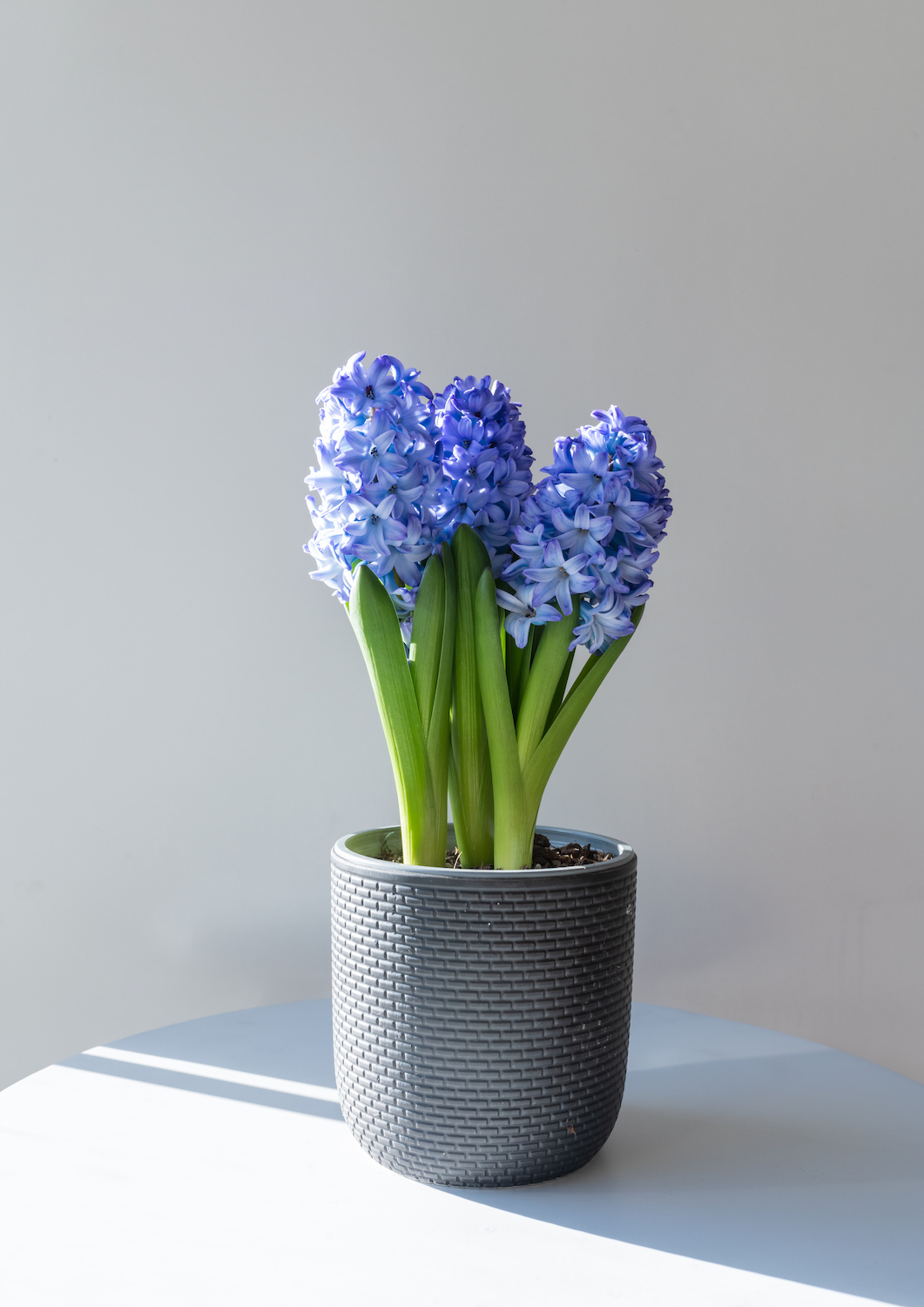
The arrival of Hyacinths signals spring for many people. Although popular outside in borders and beds, these pretty plants can be grown from bulbs indoors too. Like many other flowering plants, Hyacinths like a sunny spot and will only flower for a season.
'Pre-treated hyacinth bulbs are available and ready to grow indoors in pots or specialty glasses,' says Peggy Anne Montgomery, horticulturist at Flowerbulb. 'Plant them in good quality potting soil with an inch or so of the bulb above ground.
'They can be planted quite close together but not touching. These are cool-season spring flowering bulbs, so it's best to put them in a cool location with bright light. This helps to extend the flowering time.
'Keep them compact so the heavy flowers don't fall over and ensure the soil is moist but never wet. Grown indoors, they are usually treated as annuals.
'If you're growing Hyacinths indoors, stick to one variety per pot, as hyacinths grow at different rates and flower at different times,' adds an expert from Taylors Bulbs. 'Once your indoor Hyacinths have flowered you need to water and feed them roughly every week until they die down naturally. When the flowers have faded, plant them outside. Put them into pots (at least 10cm deep). They may not be fully established next spring, but should be fine in the following years.'
5. Echeveria colorata
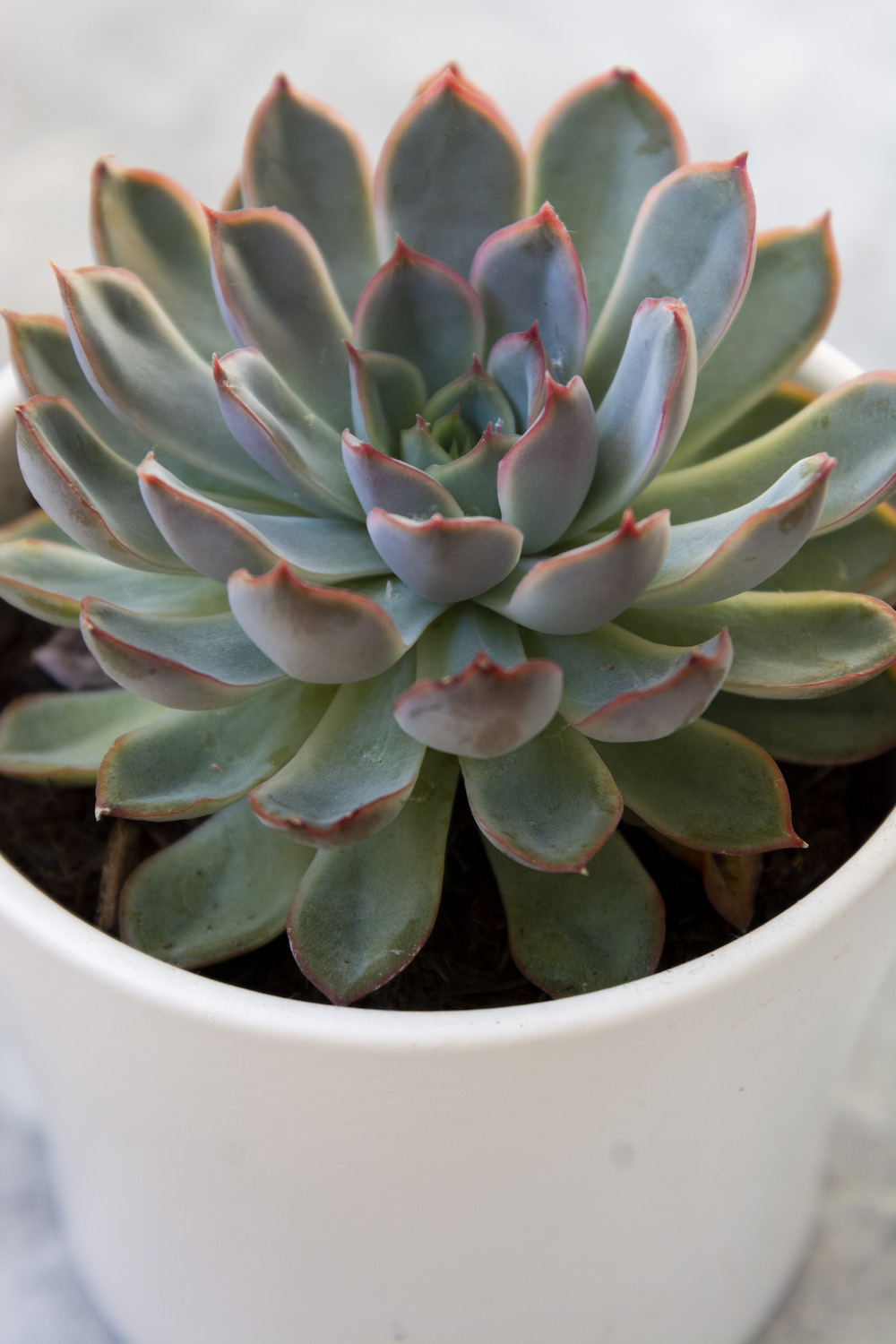
Succulents are popular houseplants for their ease of care and attractive appearance, whether unusual shapes or interesting shades. Give them the right conditions and these plants are pretty low-maintenance too.
'A number of succulents, especially Echeveria colorata, bear silvery-blue-green leaves,' says Justin at Costa Farms. 'Keep in mind, most succulents demand high light indoors, tolerate infrequent waterings, and don’t mind low humidity levels.'
Jacky Parker is a freelance lifestyle journalist and writer, producing a wide range of features for magazines and digital platforms. She has written for Livingetc and its sister titles, Homes & Gardens and Country Homes & Interiors for more than 15 years, both as a freelance contributor and as Acting Digital Editor and Acting Style Content Editor, regularly reporting on the latest interiors, gardens and wellness inspiration, speaking to experts in their respective fields, and discovering the best tips.
Jacky has also written for other publications, including Sunday Times Style, The Telegraph, Architectural Digest, House Beautiful, ELLE Decoration, Red, Grand Designs and more.

